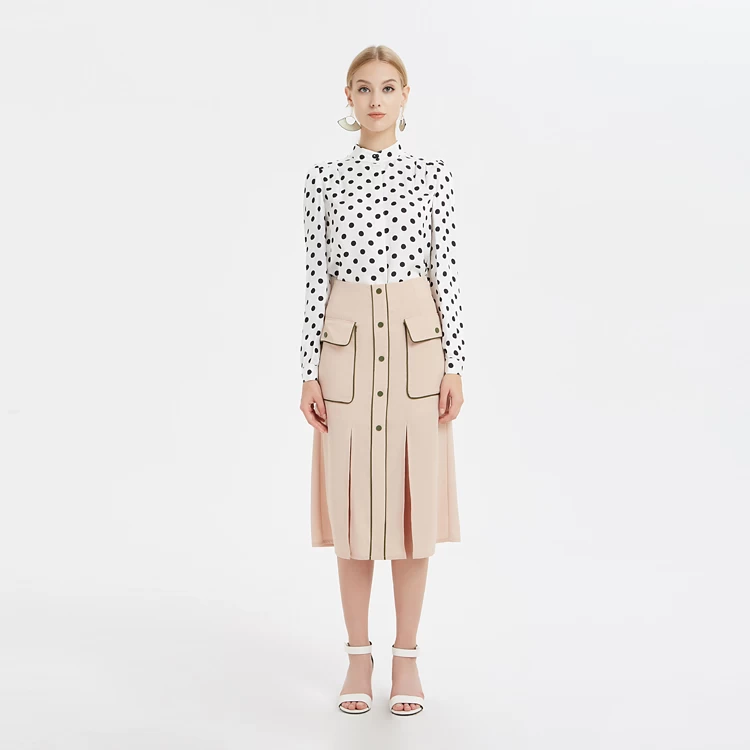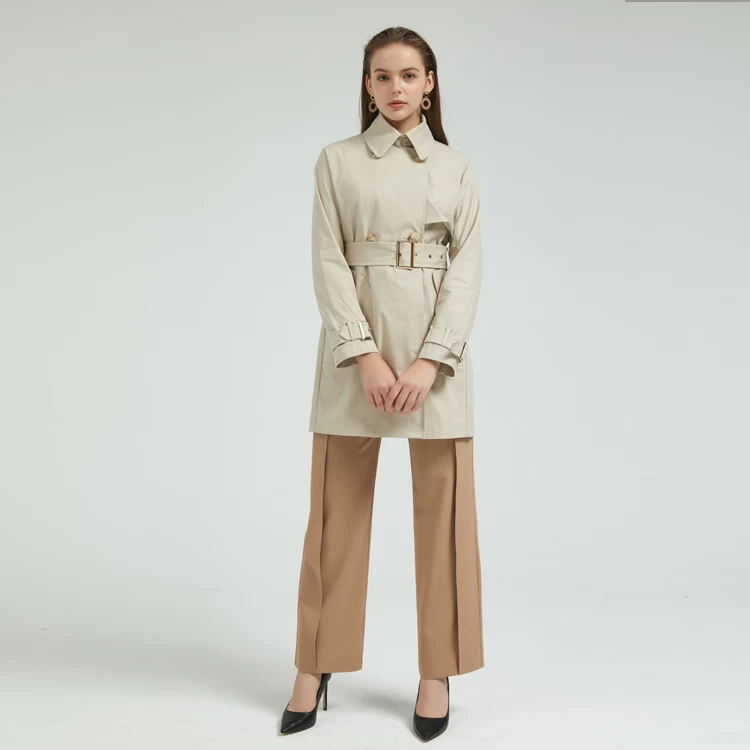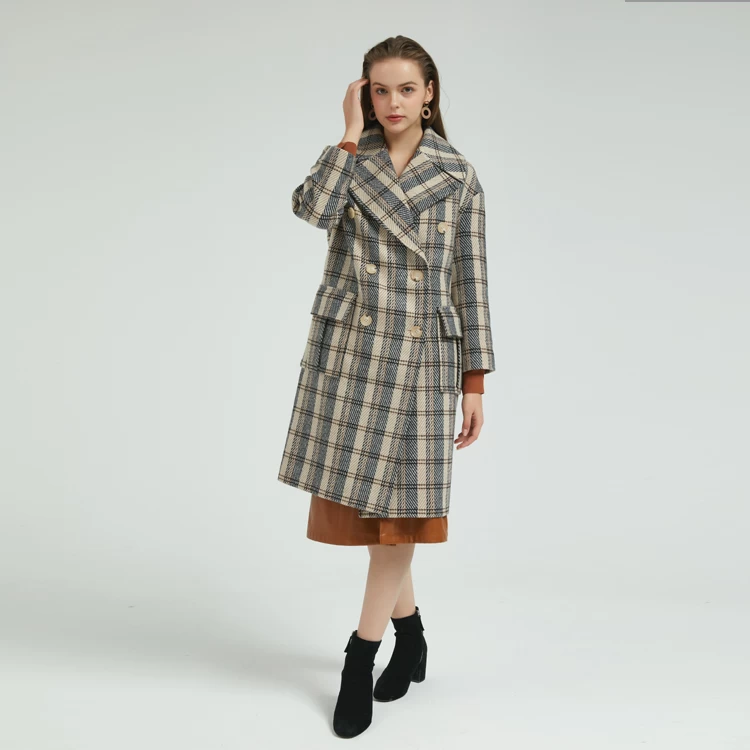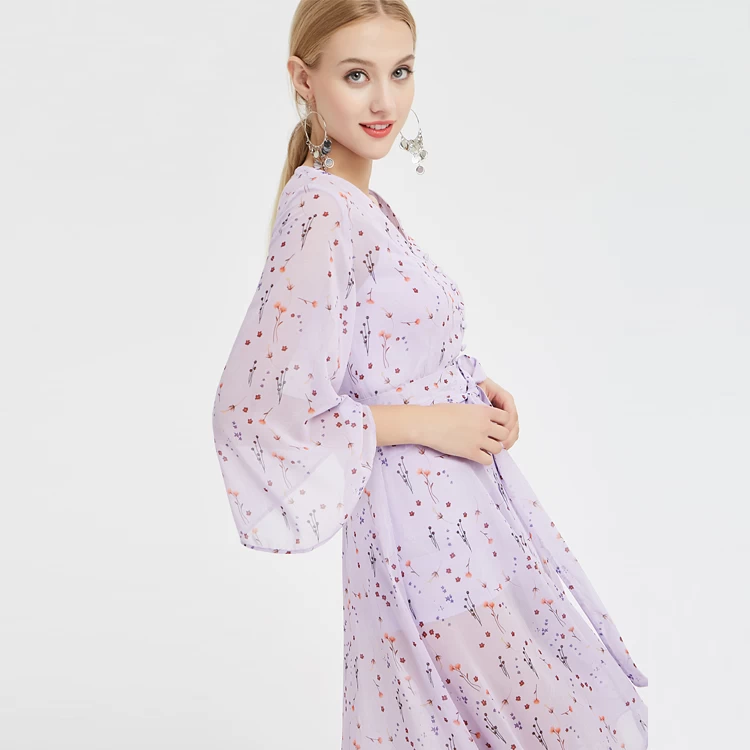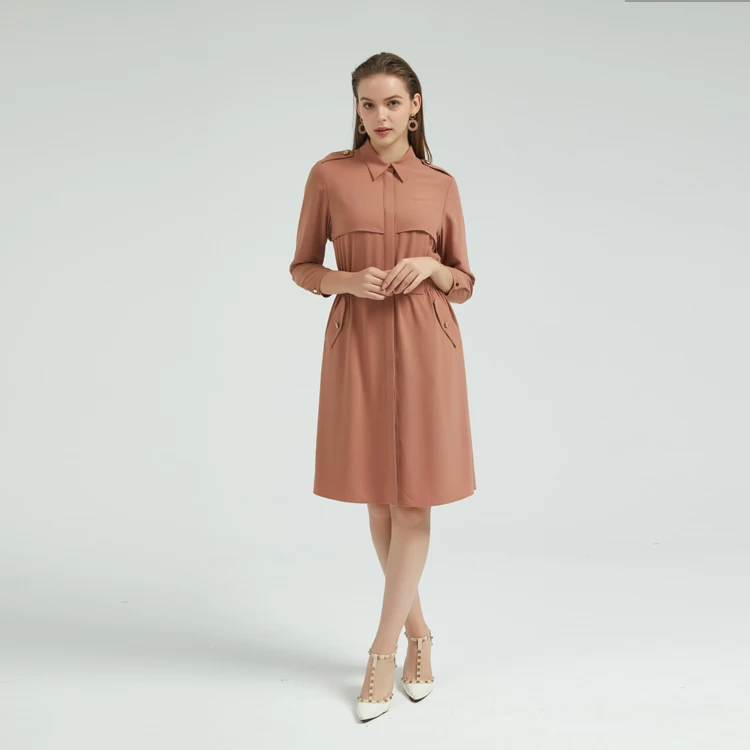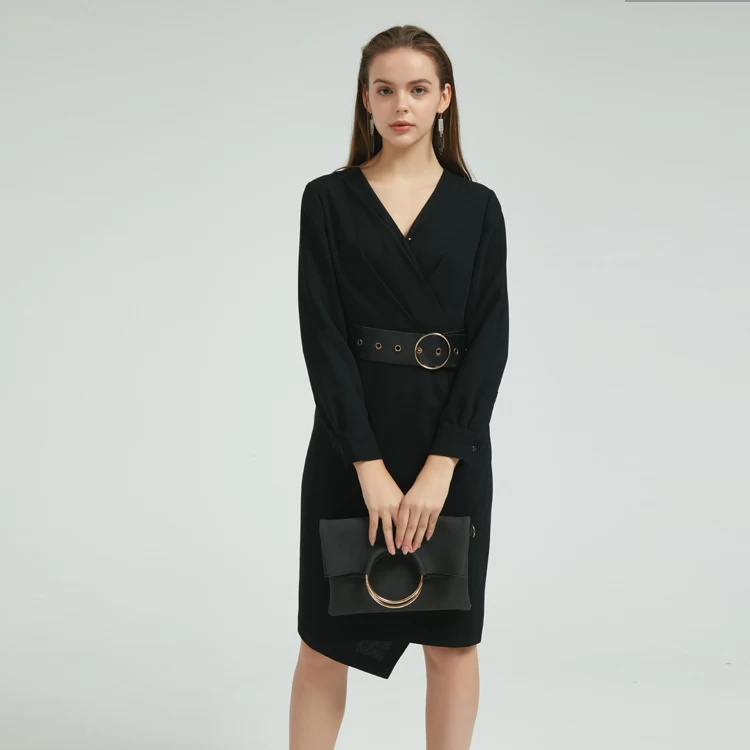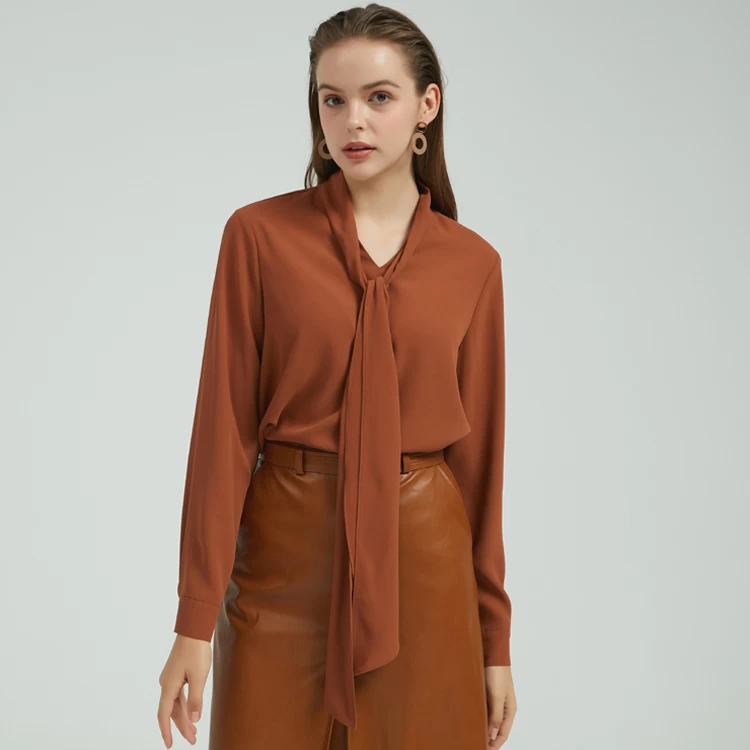Why Consumers Buy Less Clothes Now?
BBA Group
2019-08-27 17:46:21
On the one hand, the consumerism boom of “just taking it”, on the other hand, many consumers find that although fashion is more and more integrated into the modern lifestyle, people do not seem to love to buy that muuch clothes.The downturn in the apparel industry has been going on for a while, and this sentiment is also reflected in the data. According to the latest data released by the National Bureau of Statistics, the per capita consumption expenditure of Chinese residents in 2018 increased by 8.4% year-on-year to 19,583 yuan, of which per capita clothing consumption expenditure increased by 4.1% to 1,289 yuan, but accounted for 6.5% of per capita consumption expenditure, lower than 2017. 6.8%.
According to statistics from Tencent Data Lab, the growth rate of China's apparel retail sales has slowed down to the number of units since 2016. In 2018, the retail sales of apparel products increased by 7% to 1.5 trillion yuan, while the growth rate in 2017 was 8%. The most expensive price range for clothing is 1,000 to 3,000 yuan. Only 13% of the people spend more than 8,000 yuan per year in this area. The most expensive clothing is still the first-tier consumers.According to reports last year, in 1987, ordinary consumers spent 5.9% of their spending on clothing, but by 2017, this proportion has plummeted to 3.1%.
For low-income people, the average spending on women's clothing is particularly low, and the rise in footwear spending is the only bright spot.In fact, whether Zara, H&M and other fast fashions have slowed down recently, it is still the luxury brand's high-end garments relying on handbags and shoes to subsidize profits. Whether it is the sluggish shopping intentions in the European and American markets, or the rise of the second-hand market, all of them are supported. Huge changes in the apparel industry are happening. What has never changed is that consumers will never hesitate to pay for those products understanding them.
According to statistics from Tencent Data Lab, the growth rate of China's apparel retail sales has slowed down to the number of units since 2016. In 2018, the retail sales of apparel products increased by 7% to 1.5 trillion yuan, while the growth rate in 2017 was 8%. The most expensive price range for clothing is 1,000 to 3,000 yuan. Only 13% of the people spend more than 8,000 yuan per year in this area. The most expensive clothing is still the first-tier consumers.According to reports last year, in 1987, ordinary consumers spent 5.9% of their spending on clothing, but by 2017, this proportion has plummeted to 3.1%.
For low-income people, the average spending on women's clothing is particularly low, and the rise in footwear spending is the only bright spot.In fact, whether Zara, H&M and other fast fashions have slowed down recently, it is still the luxury brand's high-end garments relying on handbags and shoes to subsidize profits. Whether it is the sluggish shopping intentions in the European and American markets, or the rise of the second-hand market, all of them are supported. Huge changes in the apparel industry are happening. What has never changed is that consumers will never hesitate to pay for those products understanding them.
